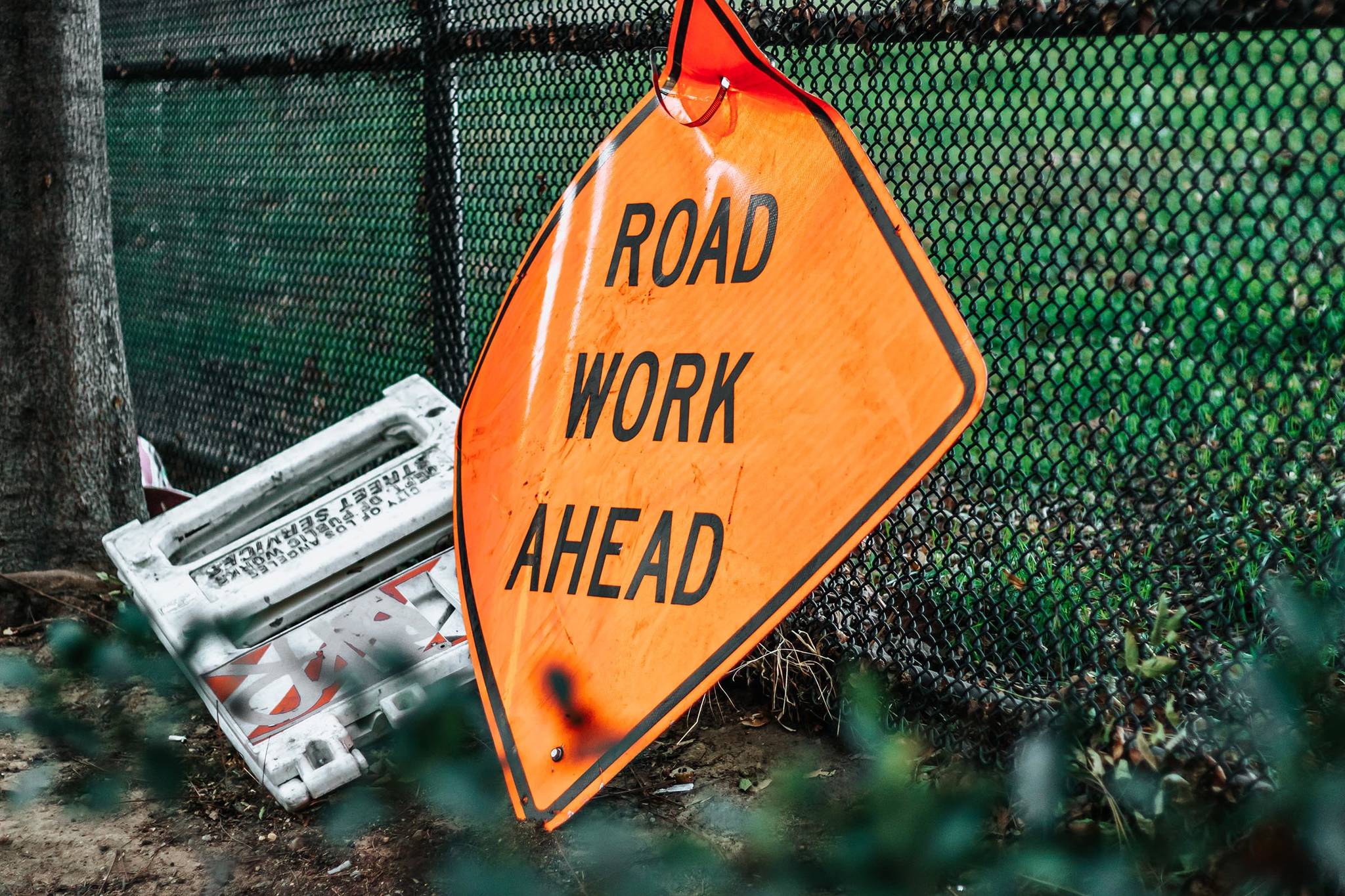According to Mouhcine Guettabi, an economist with the UAA Institute of Social and Economic Research, it’s very unlikely the Alaska economy will experience a “V-shaped” recovery, where the economy rebounds as quickly as it crashed.
“It was unrealistic to start with, and we are starting to see we have not completely contained the virus and spending patterns are not just going to rebound,” he said.
Rather, most Alaska communities are probably looking at either a “U-shaped” recovery where the economy comes back slowly, or an “L-shaped” recovery.
“The scenario we don’t want to see is an ‘L,’ where we drop in terms of economic activity and basically find a ‘new normal’ at the bottom,” Guettabi said.
That’s why municipalities and state government must preserve and even increase their capital project budgets — to avoid sinking their economies to a level from which they cannot recover.
Now, more than ever, Alaska must consider significant infrastructure projects, but especially ones that have already been vetted, like the Ambler Road up north and Juneau Access in Southeast.
Improving surface transportation to and from Juneau has been studied for decades. Alaska Department of Transportation and Public Facilities’ 1986 “Southeast Alaska Transportation Plan,” established northern Lynn Canal as the area most suitable for improvements. This area extends from Juneau (situated on the mainland) to Haines and Skagway, both connected to the continental highway network.
A 1997 Environmental Impact Study documented the inability of the state ferry system to accommodate travel demand.
In late March 1999, a DOT review team evaluated project information and rated transportation alternatives based on purpose and need. Alternative 2B, a highway up East Lynn Canal with a shuttle ferry at Katzehin, was the highest-rated alternative.
In a baffling decision devoid of public input, the process was halted in 2000 by former Gov. Tony Knowles, who instead built two high-speed ferries. This political stunt proved to be calamitous. The ships were mechanically unsound, unsuited for Southeast Alaska waters, and extremely expensive to operate. They were eventually scrapped in an attempt to stem the red ink flowing from the ferry system caused by overly generous union pay and benefits, declining ridership and ballooning operating expenses.
The next governor, Frank Murkowski, re-started the process resulting in a finalized EIS in January 2006. In April 2006, Alternative 2B was reaffirmed as the preferred alternative in the federal Record of Decision.
Predictably, environmental lawsuits seriously delayed implementation and forced DOT through another scoping study and supplemental EIS, finally completed in September 2014. The EIS once again selected Alternative 2B (a road) as the preferred alternative.
Despite increasing public pressure to improve transportation in Lynn Canal, in 2016, the Walker administration recommended Alternative 1, No-Action — effectively suspending the project. Although the reason cited was cost, 90% of the construction would have been federally funded, and the state matching portion had already been appropriated several years before.
Fast forward to today. We can see where caving to anti-growth ideologues has left us. Twenty-three years of resisting Juneau Access hasn’t improved anything — in fact, just the opposite.
Hobbled by aging vessels, cumbersome contract work rules, the effects of a destructive union strike and inefficiencies, our ferry system is struggling. This has led to unaffordable fares, unreliable schedules and unsustainable state subsidies. While a task force is studying new methods of operation, the ferry system will never function with the frequency, convenience and low fares that it did 30 years ago.
Alaska’s island communities from Ketchikan to Kodiak rely on ferry service — there’s no more affordable alternative. But Northern Lynn Canal remains perfectly suited to a surface access solution.
The pandemic has amply demonstrated the need for a low-cost, efficient way to move people and goods safely around the region. A road connection would dramatically reduce freight costs and allow Alaskans and non-cruise visitors to travel independently on their own schedules in their own vehicles at an affordable cost.
Putting hundreds of Alaskans to work building 48 miles of new road would give our struggling economy a much-needed boost.
Projects like the Lynn Canal Highway will help Alaska get back on its feet.
Restarting this project should be an absolute priority for our Congressional delegation, the Dunleavy administration, and our region.
• Win Gruening retired as the senior vice president in charge of business banking for Key Bank in 2012. He was born and raised in Juneau and is active in community affairs as a 30-plus year member of Juneau Downtown Rotary Club and has been involved in various local and statewide organizations. Columns, My Turns and Letters to the Editor represent the view of the author, not the view of the Juneau Empire.

